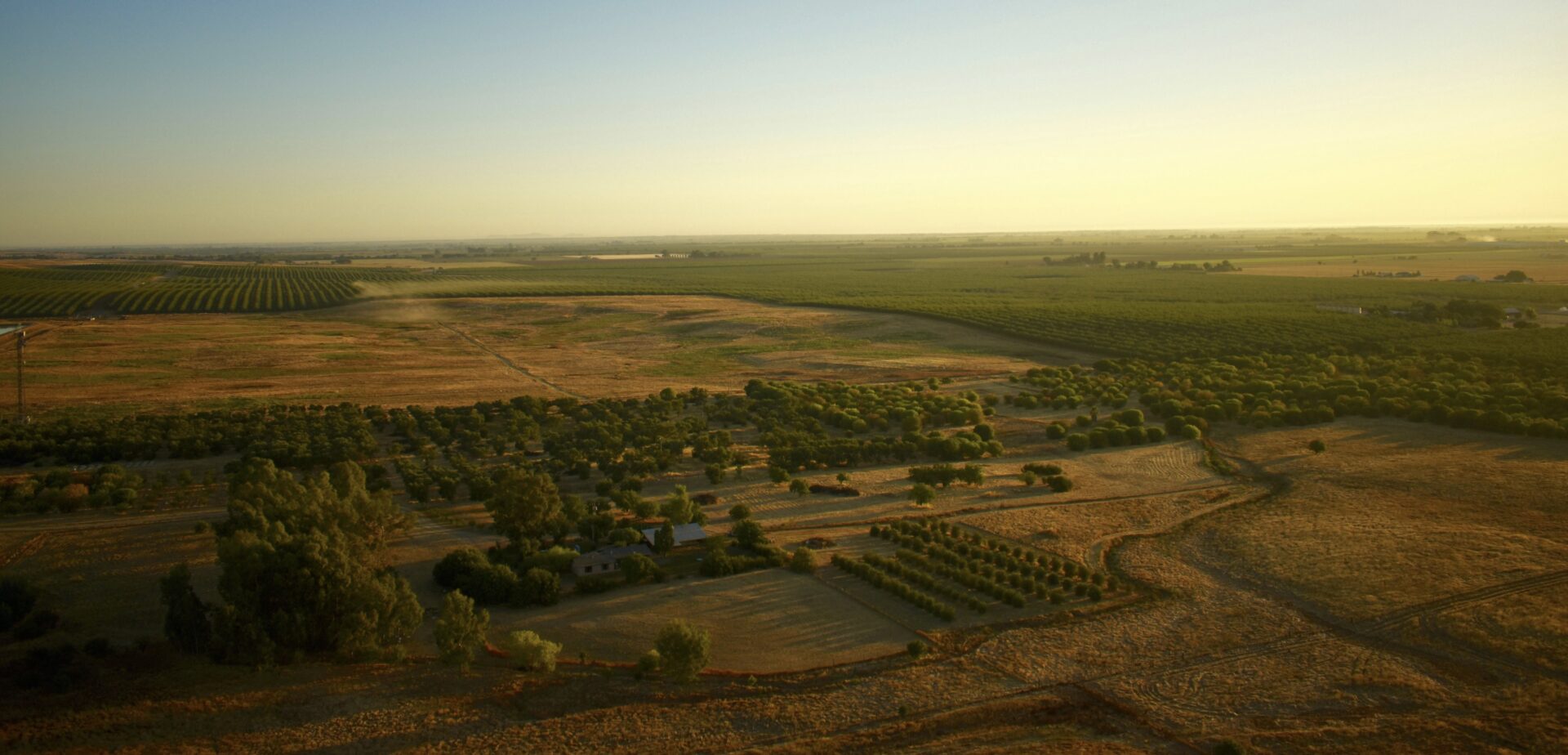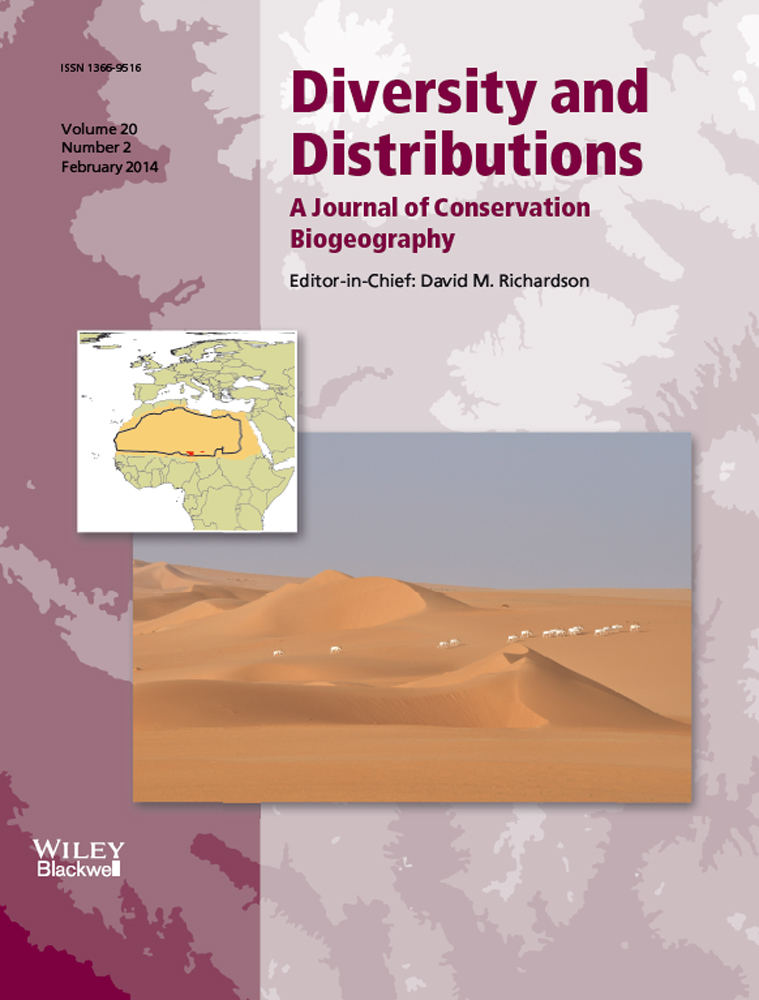Aim: To investigate the velocity of species-specific exposure to climate change for mid- and late 21st century and develop metrics that quantify exposure to climate change over space and time.
Location: California Floristic Province, south-western USA.
Methods: Occurrences from presence/absence inventories of eight Californian endemic tree species (Pinus balfouriana [Grev.&Balf.], Pinus coulteri [D.Don], Pinus muricata [D.Don.], Pinus sabiniana [D.Don], Quercus douglasii [Hook.&Arn.], Quercus engelmannii [Greene], Quercus lobata [Nee] and Quercus wislizeni [A.DC.]) were used to develop eight species distribution models (SDMs) for each species with the BIOMOD platform, and this ensemble was used to construct current suitability maps and future projections based on two global circulation models in two time periods [mid-century: 2041–2070 and late century (LC): 2071–2100]. From the resulting current and future suitability maps, we calculated a bioclimatic velocity as the ratio of temporal gradient to spatial gradient. We developed and compared eight metrics of temporal exposure to climate change for mid- and LC for each species.
Results: The velocity of species exposure to climate change varies across species and time periods, even for similarly distributed species. Weak support among the species analyzed for higher velocities in exposure to climate change towards the end of the 21st century, coinciding with harsher conditions. The variation in the pace of exposure was greater among species than for climate projections considered.
Main conclusions: The pace of climate change exposure varies depending on period of analysis, species and the spatial extent of conservation decisions (potential ranges versus current distributions). Translating physical climatic space into a biotic climatic space helps informing conservation decisions in a given time frame. However, the influence of spatial and temporal resolution on modeled species distributions needs further consideration in order to better characterize the dynamics of exposure and species-specific velocities.


